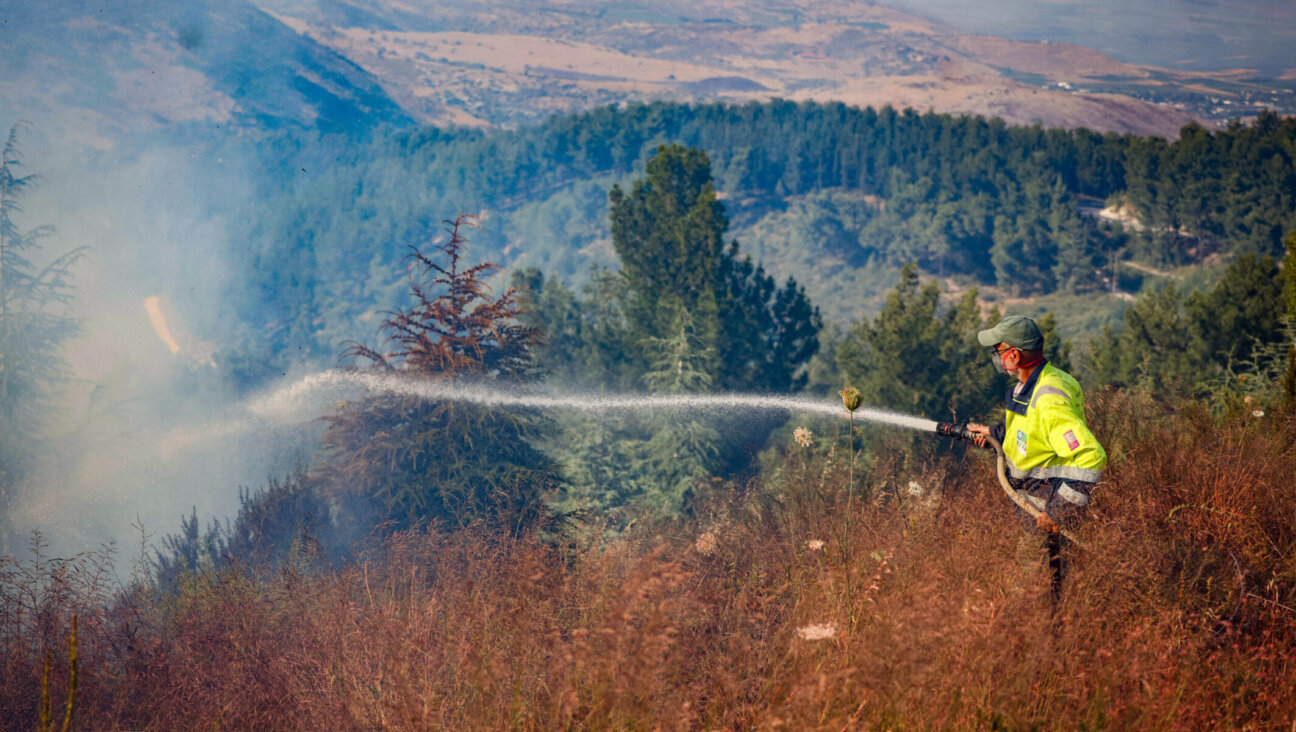How to Make Stuffed Grape Leaves

Image by istockphoto/Lesyy
These treats offer both sweet and savory tastes, and smooth and crunchy textures. No gooey, gelatinous rice in these beauties. They are guaranteed to garner raves from your guests.
- For the Jewish history behind the grape, .
Makes 36
6 tablespoons olive oil
1 onion, chopped fine
2/3 cup your choice of rice mixture (I love white, brown, wild and red)
½ teaspoon ground allspice
1½ cups water
¼ cup dried currants
¼ cup pine nuts
36 grape leaves, preferably wild (see instructions below for preparing fresh leaves)
¼ cup water
¼ cup fresh lemon juice
Fresh lemon wedges
Chopped fresh parsley
1) Heat 2 tablespoons oil in heavy medium saucepan over medium heat.
2) Add onion and sauté until tender, about 5 minutes. Add rice and allspice and stir 30 seconds.
3) Add 1½ cups water and currants and bring to boil. Reduce heat to low, cover and simmer until water is absorbed and rice is tender, about 20 minutes.
4) Remove from heat. Heat 1 tablespoon oil in heavy small skillet over medium-low heat. Add pine nuts and sauté until golden brown, about 6 minutes.
5) Mix nut mixture into rice. Season with salt and pepper.
6) Cover bottom of heavy large skillet or Dutch oven with about 10 grape leaves, pressing about 1 inch up sides of skillet.
7) Arrange 1 leaf, vein side up, on work surface. Place 1 rounded tablespoon rice filling near stem. Fold in sides, then roll up jelly roll fashion. Repeat with remaining filling and leaves.
8) Arrange stuffed leaves, seam side down, close together in leaf-lined skillet. Drizzle 3 tablespoons oil over. Add ¼ cup water and fresh lemon juice. Bring to a boil. Reduce heat to medium-low, cover and cook 50 minutes. Cool completely. (Grape leaves can be made 1 day ahead. Cover and refrigerate.) Arrange stuffed grape leaves on platter. Garnish with lemon and parsley.
Preparing Fresh Grape Leaves
You don’t have to live next to a vineyard to have access to grape leaves. They grow wild in many places and are at their best in late spring and early summer. In fact, leaf aficionados claim that wild leaves are more tender, thus better for stuffing. Use bottled grape leaves only as a last resort.
The leaves should have no holes, and should come from vines that have not been sprayed with pesticides. They should be light green and tender, best from the top of the plant. Leaves should be at least the size of the palm of your hand, large enough to wrap around a filling.
Pick a lot and freeze those you don’t need right away. Come winter you can prepare a batch of stuffed grape leaves for a fond remembrance of days spent in the summer sun. To do so, lay one on top of the other and package 50 per plastic freezer bag. Press to remove as much air as you can, close, and freeze flat. Label bags with date and number of leaves. (A few months in the deep freeze will tenderize them.)
If you plan to use them right away, rinse well under cold running water and, using a sharp knife, remove the stems carefully. Blanch the leaves by placing them in a large pot and cover with boiling water, letting them sit for 4-5 minutes. Drain them well and pat dry with paper towels (white only) to remove excess liquid.
Carol Goodman Kaufman is the travel and food columnist for the Berkshire Jewish Voice and the Jewish Leader of Connecticut and Rhode Island, and a regular contributor to Boston’s Jewish Advocate.
A message from our Publisher & CEO Rachel Fishman Feddersen

I hope you appreciated this article. Before you go, I’d like to ask you to please support the Forward’s award-winning, nonprofit journalism so that we can be prepared for whatever news 2025 brings.
At a time when other newsrooms are closing or cutting back, the Forward has removed its paywall and invested additional resources to report on the ground from Israel and around the U.S. on the impact of the war, rising antisemitism and polarized discourse.
Readers like you make it all possible. Support our work by becoming a Forward Member and connect with our journalism and your community.
— Rachel Fishman Feddersen, Publisher and CEO























